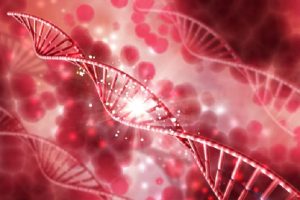 By: Dr. Elton Gómez, Specialist in Regenerative Medicine.
By: Dr. Elton Gómez, Specialist in Regenerative Medicine.
Platelet-rich plasma (PRP) is a preparation of blood plasma that has been specially treated to increase its concentration of platelets. Platelets are blood cells that help to clot blood and promote wound healing.
PRP is obtained from a patient’s blood sample, which is subjected to a centrifugation process to separate the plasma from the rest of the blood components. The plasma obtained is subjected to a second centrifugation to eliminate the heavier components and leave a solution rich in platelets.
PRP is used in aesthetic medicine and the treatment of various medical conditions, such as osteoarthritis, tendonitis, and hair loss. It is applied by injection into the affected area or by applying a thin layer to the skin. PRP has been shown to help improve wound healing and promote hair growth, but its effectiveness in treating other conditions is still being evaluated.
Platelets contain several growth factors that are important for wound healing and the tissue repair process. Some of the growth factors present in platelets are:
Epidermal Growth Factor (EGF): promotes cell division and the growth of new tissues.
Platelet-Derived Growth Factor (PDGF): Stimulates the growth of blood vessels and the formation of connective tissue.
Insulin-like growth factor (IGF): promotes cell growth and differentiation.
Fibroblast-derived growth factor (FGF): participates in the formation of new tissues and wound healing.
Transforming growth factor beta (TGF-β): regulates cell growth and differentiation and is involved in wound healing.
 These growth factors are released by platelets when they are activated and adhere to the surface of neighboring cells. This stimulates the production of new tissue and promotes wound healing.
These growth factors are released by platelets when they are activated and adhere to the surface of neighboring cells. This stimulates the production of new tissue and promotes wound healing.
The application of platelet-rich plasma (PRP) on the skin of the face can have different results, depending on the problem to be treated and the individual response of each person. Some of the possible results of the application of PRP on the skin of the face are:
Skin rejuvenation: PRP can help improve skin elasticity, reduce wrinkles and fine lines, and brighten the face.
Improving the appearance of scars: PRP can help soften the appearance of scars and improve their appearance.
Improved skin firmness: PRP can help tone and firm the skin, especially around the neck and décolleté area. Reduction of dark spots and irregular pigmentation: PRP can help smooth uneven pigmentation and reduce the appearance of dark spots on the skin.
It is important to note that results may vary from person to person and that good hygiene and a healthy diet are necessary for optimal results. In addition, it is important to follow the recommendations of the doctor or professional who performs the treatment to obtain the best possible results.





